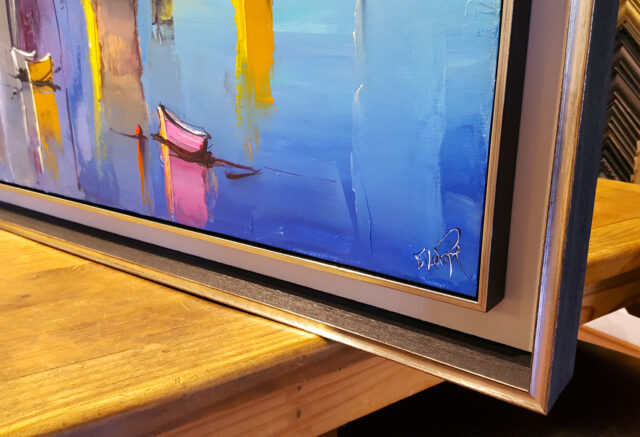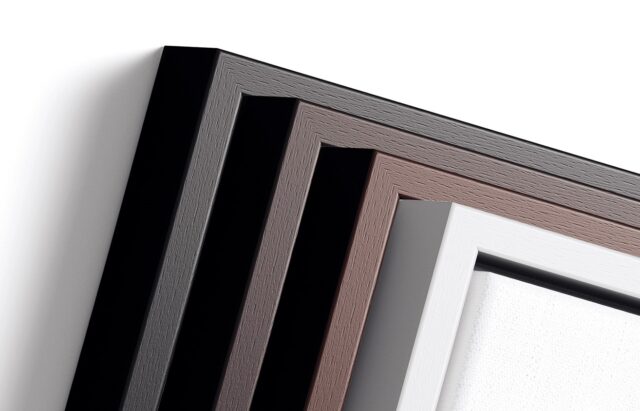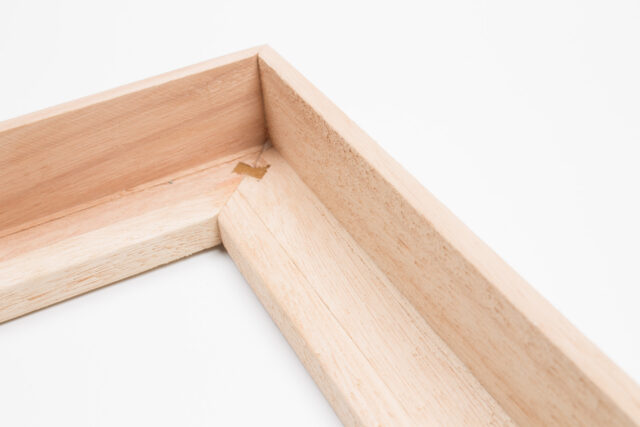
Art is more than a simple expression of creativity; it is heartfelt communication, a silent dialogue between the artist and the observer. One of the significant aspects of presenting art is the presentation itself. This is where canvas float frames come in. As a relatively new concept in the art world, canvas float frames have quickly established themselves as a go-to choice for artists and art lovers due to their unique design and potential to enhance any piece of artwork. With the right frame, an artist’s message can be conveyed more powerfully, ultimately enriching the viewer’s experience.
These innovative framing solutions can significantly enhance the visual appeal of your artwork, transforming a beautiful piece into an exquisite masterpiece. This article will help you understand how to get the most out of your artwork with canvas float frames. Understanding the mechanics of these frames and the impact they can have on your art can lead to better presentation decisions, ultimately showcasing your artwork in its best possible light.
What Are Canvas Float Frames?

Floating frames for canvas are unique because they create a ‘floating’ illusion for your artwork. They get their name from the visible space left between the canvas and the frame, providing a suspended, floating effect. This distinctive framing style accentuates every minute detail of your art, allowing the viewer to appreciate the artwork in its entirety, including the edges.
The optical illusion of floating artwork makes the piece appear almost 3D, adding a new depth of visual interest. This factor alone can encourage a longer, more attentive look at your work.
Why Use Canvas Float Frames?
There are several reasons why artists and art enthusiasts alike love canvas float frames:
- Highlight the Artwork: The floating effect created by these frames draws attention directly to the artwork. This clean, modern look can make your piece stand out, whether in a gallery or a home. In essence, the frame acts like a spotlight on a stage, emphasizing the art piece and allowing it to shine in its full glory.
- Versatility: Canvas float frames come in a variety of styles, sizes, and colors, giving you plenty of choices to complement and enhance your artwork. Whether you’re showcasing a vibrant abstract piece or a delicate watercolor, there’s a canvas float frame that can elevate its appeal.
- Protection: While emphasizing aesthetics, these frames also offer a practical benefit – they protect the art from environmental factors like dust and humidity, thus increasing its longevity. By safeguarding your artwork, canvas float frames ensure that future generations can also appreciate its beauty and significance.
How To Get The Most Out Of Your Artwork With Canvas Float Frames?

1. Choose the Right Size
The size of your canvas float frame can profoundly impact the visual effect. The frame should be larger than the canvas, leaving a gap or “float” around the art. Commonly, a floating gap of 1/4″ to 1/2″ is used, but it’s important to experiment and see what enhances your particular artwork best. You’ll want to strike a balance – too large of a gap may distract from the artwork, while too small may not create the desired floating effect.
2. Select the Appropriate Frame Color
When it comes to selecting the frame color, it’s essential to keep your artwork in mind. While black or white frames are often go-to choices due to their ability to blend well with most colors, don’t shy away from experimenting with bold and contrasting colors. If done right, a colorful frame can make your artwork pop and command attention. Consider the dominant colors in your art piece and how a frame of a particular hue might complement or contrast them.
3. Consider the Display Environment
Think about where the art will be displayed. The style, color scheme, and decor of the room should influence your frame selection. An elegantly framed piece of art can enhance the aesthetic appeal of the space while remaining a focal point. Don’t forget to account for the lighting conditions in the display area, as different light sources can change how both the frame and the art are perceived.
4. Frame Quality

Invest in a high-quality float frame. A poorly made frame not only detracts from the visual appeal but may not protect the art effectively. While quality frames may come at a higher cost, they are a worthwhile investment for preserving and enhancing your artwork. Ensure that the materials used in the frame are durable and resistant to damage. The longevity of your artwork depends on it.
5. Professional Help
If you’re uncertain about choosing the right float frame, consider seeking advice from a professional framer. Their experience and expertise can guide you in making a decision that respects your artwork’s style and enhances its overall look. They can provide you with a plethora of framing options you might not be aware of, potentially opening up new possibilities for your artwork’s presentation.
6. Harmonize with the Artwork’s Theme
It’s crucial to consider the theme or subject of your artwork when choosing a floating frame. The frame should not only match the art’s style but also resonate with its deeper meaning. For example, a rustic wooden float frame might pair wonderfully with a landscape painting, emphasizing its earthy tones and natural theme. Similarly, a sleek metallic frame could be the perfect choice for a modern abstract piece, echoing its bold lines and vibrant energy.
Finishing Up
Canvas float frames are a remarkable blend of aesthetics and protection for your artwork. They offer a sleek, modern way to display art, creating an eye-catching illusion that separates the work from its surroundings while drawing the viewer in. They add an extra layer of sophistication and individuality to each art piece, ensuring that it remains an intriguing conversation starter.
By taking into consideration the size, color, display environment, and quality of the frame, you can maximize the visual impact of your work and truly let your art shine. A well-chosen canvas float frame will not only preserve your art but also amplify its allure, making every glance at it a rewarding experience.









